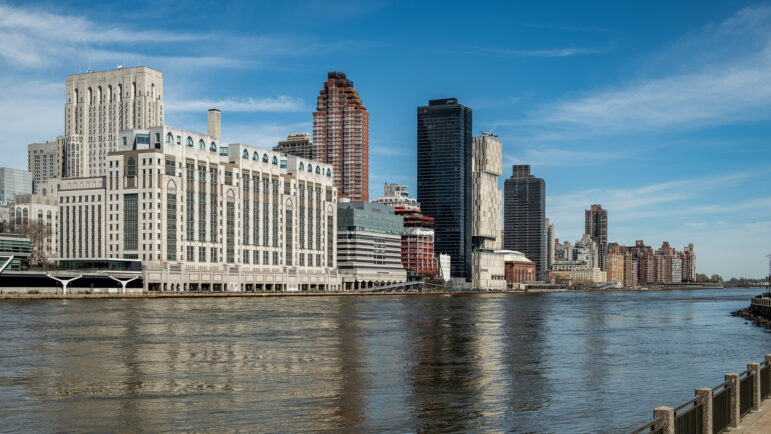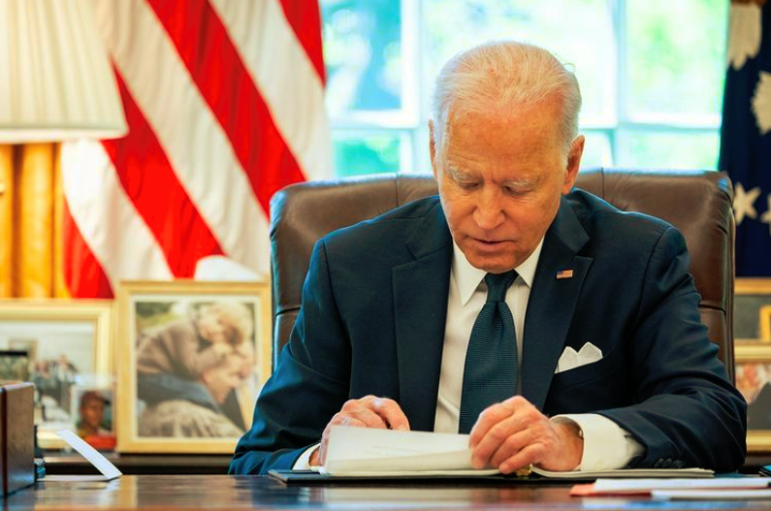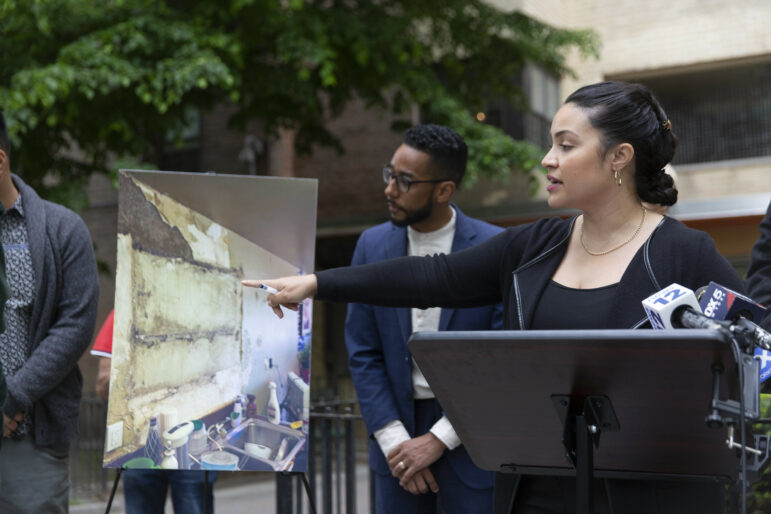
Heidi Hynes, 1968-2019
Heidi Hynes used to joke about a book she was going to write called, “Letters I Have Written in My Head to the New York Times But Never Sent.” It would have been a long and very useful book, featuring criticism of the fraudulent case for the Iraq War, alerts to what was missing from coverage of the subprime crisis, clear thinking about gun violence, good ideas about building truly affordable housing and ensuring equal access to healthy food, and stalwart demands that urban youth be given a fair shake.
More important than the letters’ content, though, would have been their spirit. They would have braided outrage and joy, and mixed anger with optimism, as did Heidi’s being. For her, a fury at life’s manifold injustices was never separated from a deep belief in the goodness of the world and its people, and a passionate faith—not a hope, but a faith—that the joy would ultimately blot out the darkness.
Heidi’s life ended at age 51 on November 24 after a harrowing battle with cancer. She left her husband Brian and daughter Frieda in Bedford Park, her parents Frank and Michelle Schloegel back in her native Kansas City, siblings Theresa and Frankie and a large collection of nieces and nephews. She also left classmates from Fordham University, colleagues from the Northwest Bronx Community and Clergy Coalition (NWBCCC), staff and students from the Mary Mitchell Center in Crotona, friends from the Catholic Worker movement and the Atlantic Life Community, and a group of Bronx families, like mine, that had the honor of sharing many a protest and more than one perfect afternoon with her.
To the extent that communities of the south and central Bronx exist intact today—despite the ravages of racism and capitalism—it is largely due to the neighborhood leaders and grassroots organizations that banded together in the 1960s, 1970s and 1980s to fight for their neighbors’ place in the city. Among these were people like Mary Mitchell, who launched some of the earliest youth recreation and employment programs in the Tremont and Crotona neighborhoods, and Astin Jacobo, a legendary organizer who, among other battles, established a community center in Mitchell’s name in 1997.
Heidi, who graduated from Fordham’s Bronx campus in 1990, learned the art of organizing at Jacobo’s side. After a stint as a volunteer in Jamaica, she worked as an organizer at the NWBCCC, before becoming the executive director of the Mary Mitchell Center.
There, working with longtime program director Lurgen Luna, she operated a broad and expanding set of programs for the kids of Crotona and their families, including after-school, GED, sports, dance, music and youth employment initiatives. She supported youth activists who advocated for neighborhood health, especially the need for exercise and the availability of fresh produce. They started a farmer’s market and a community garden and teamed with health institutions to try to reduce obesity, diabetes and other diet-connected health problems in the neighborhood. She also launched a food-delivery service called La Canasta that distributed healthy produce to low-income households. After a 2009 shooting just outside the Center’s back yard, she helped start a Safe and Healthy Neighborhood Campaign to address violence.
That’s a partial list. In 2016, despite overseeing an organization with 19 employees, dozens of clients, a menu of programs and a budget of $720,000, Heidi paid herself a mere $43,000 in salary. When Heidi’s cancer diagnosis allowed her to secure healthcare coverage, it was the first time she’d had insurance in years.
Heidi’s work in the Bronx was part of a larger life of principled politics. She helped create Bronx Peace Action to oppose the Iraq War, demonstrated against CIA torture and the Guantanamo gulag and recently helped host a Syrian refugee family. She campaigned for Barack Obama in New Hampshire 2007 and in Ohio in 2008, then protested when the Obama White House embraced the use of drones as a low-cost mechanism for long-distance killing. When the subprime crisis hit and foreclosures continued apace even after the Wall Street bailout, Heidi helped lead a National People’s Action rally outside Federal Reserve Chairman Ben Bernanke’s house. The chairman then agreed to a meeting, and Heidi was one of five leaders who sat with him.
It would have been a blast to witness that meeting, because Heidi had an infectious enthusiasm. It was very hard work not to like her. Quick to break into dance, ready with a self-deprecating joke, known to travel with a cooler of libations (for her friends, and for herself), she radiated cheer in a way that delighted co-conspirators and doubtless won over many enemies.
That effervescence likely led a few VIPs, initially at least, to not take her too seriously. If so, they were mistaken, because while Heidi dared to dream, she did not live or work in some fantasy land. One of Heidi’s most successful initiatives was Fight Back, a martial arts program that won awards and accolades aplenty for producing skilled practitioners of karate and jiu jitsu. How does a devout pacifist (a devotee of Dorothy Day, no less) run a program that trains kids for street combat? Because Heidi understood that it is fear, not strength, that fuels violence—and so, she would do what she could to make sure the kids who came through her Center escaped the fear, that they might elude the bloodshed.
Indeed, Heidi was certain about the big things, like the equal and urgent presence of God in all people. When it came to concrete policy solutions, she never pretended to have all the answers, and she had the guts to try new ideas. Heidi and her family lived for many years on a block of Valentine Avenue that was notorious for open-air drug sales and their attendant violence. In the 1990s, despite threats to their personal safety, she and Brian worked with neighbors and the police to try and drive the dealers away. It worked, sort of, for a while. Then it didn’t. At a 2018 City Limits event, Heidi talked about how she’d come to believe in the Cure Violence model to reduce shootings:
At a memorial event on Tuesday night at the Mary Mitchell Center, some of the center’s young staff members spoke about the essential role Heidi had played in their lives. Community leaders hailed her role as a person ever conscious of her White privilege, someone who knew when to stand up and shout, and also when to get out the way. Ruben Diaz, Jr., the Bronx borough president, and State Sen. Gustavo Rivera honored Heidi’s ferocity as an agitator and as a partner. Allies remembered Heidi’s voice cracking habitually—passion’s physiological tell—as she spoke truth to power, and friends recalled her ability to turn life’s mundanities into events you’d have been sad to miss.
On a screen behind the speakers flashed the many different versions of Heidi’s smile, from infancy to illness. There was music and singing, and there were peals of laughter. For a moment here and there, the joy outmuscled the darkness. Maybe Heidi was on to something.









One thought on “Remembering Heidi Hynes, Who Harnessed Outrage and Joy in a Life of Advocacy”
I was Heidi’s daughter Frieda’s fourth grade teacher and feel so lucky to have gotten to know her a little bit. She was such a supportive and positive presence in our school. It won’t surprise anyone to hear that when Frieda’s classmate lost her apartment in Hurricane Sandy, Heidi was the person to organize a drive to replace their belongings. Thank you for this wonderful tribute to a wonderful person.